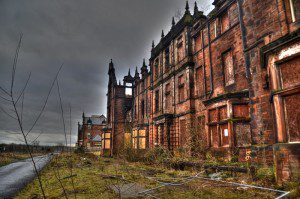Do you ever wonder given the volume and variety of building works that are completed each week in the UK, which will be the ones still standing in a couple of hundred years’ time and which will be the listed and conserved buildings of the future?
The UK has conservation laws that are amongst the most powerful in the world that protect buildings as well as areas of outstanding beauty or of special scientific interest. In terms of buildings from the past going forward into the future, the concept of listing them was introduced during the Second World War with a view to deciding which would merit rebuilding if damaged or destroyed by bombing. Not long after this the 1947 Act for Town and Country Planning led to the first detailed list of important historical or architectural buildings.
To list or not to list
The criteria for listing can be based on the importance of the building either in architectural quality or expressions of either technical or social innovation. Good examples of these are pumping stations or asylums. Pioneering construction or buildings that form part of a streetscape or group can be listed and likewise early or rare examples that survive and denote our industrial history and that would otherwise be lost forever.
And when we do…
Heritage can be big business and legislation has given the government the power to act when historic sites are under threat. Interesting to note that in 19th century Britain a great many of the UK’s most important and historic sites belonged to private individuals or families who could and did, do anything they wanted including razing them to the ground. There is a slight problem however in that many historic and important structures fall into a state of disrepair as they have no actual use and local councils often can’t afford to restore them to their former glory. Ironic that something we deem important enough to protect often can’t be converted so guaranteeing its future use as well as displaying all its former glory. Even when someone has the vision and desire to save something, the red tape involved in sympathetic restoration can be a long and expensive process. As a result we are left with large overgrown sites with crumbling buildings versus a shortage of land and space for housing. No simple solution and we’re not suggesting that all crumbling historically important property be demolished but simply slapping it on a ‘List’ of important structures won’t actually preserve its future either!
Gartloch Hospital (1896) Scottish former asylum Grade A listed converted to apartments

